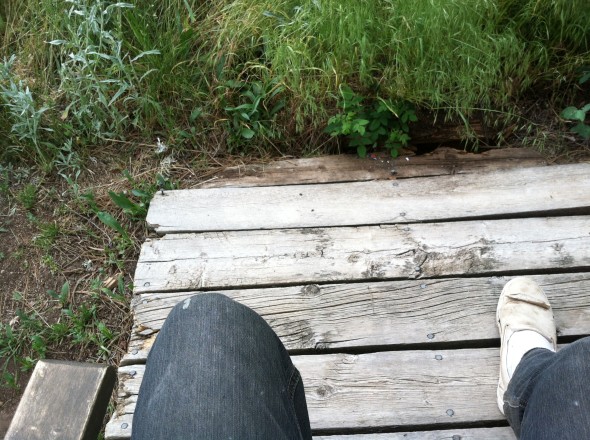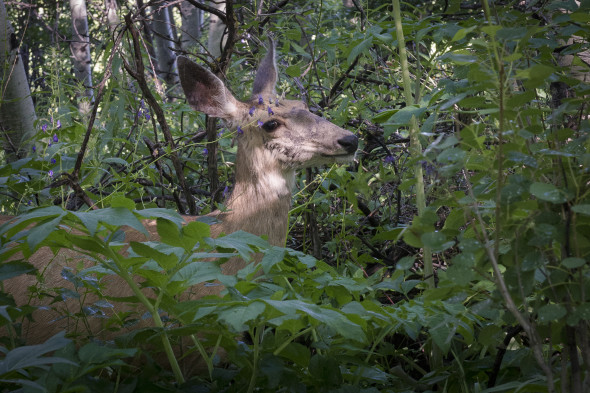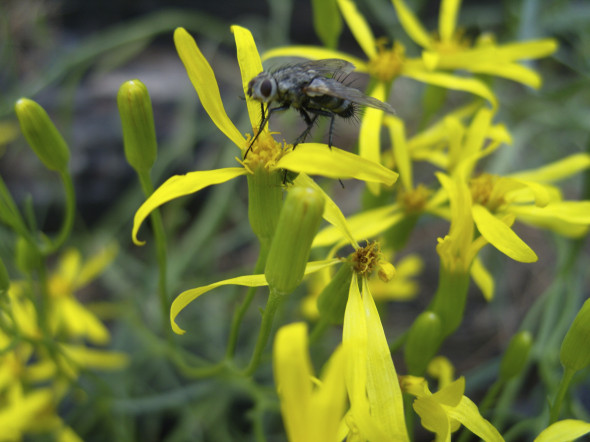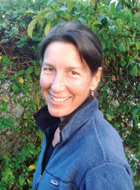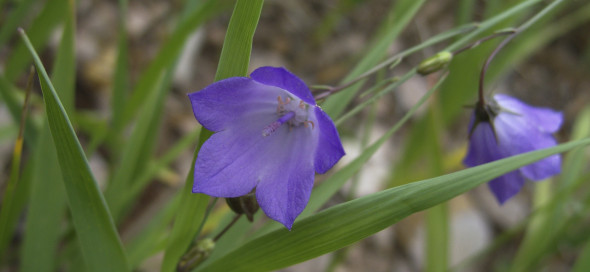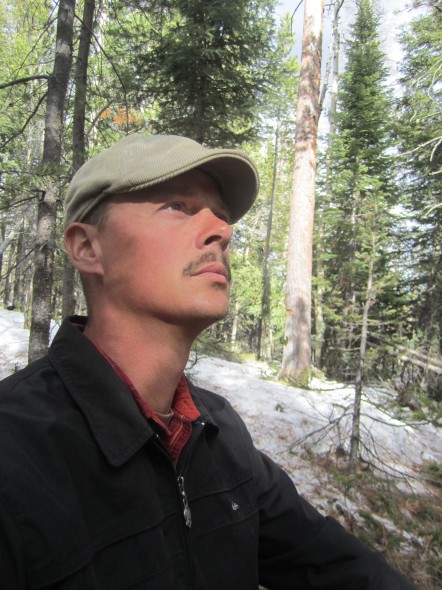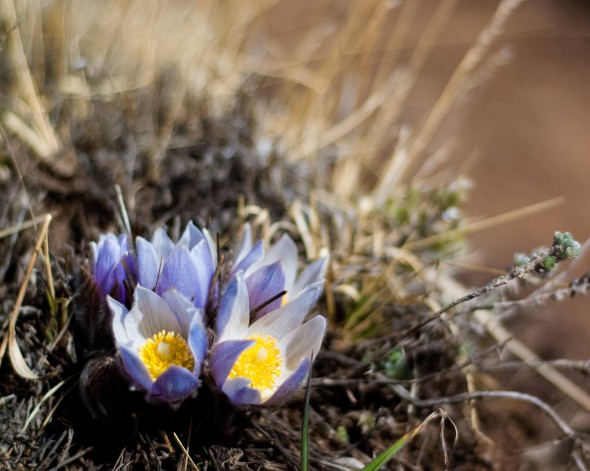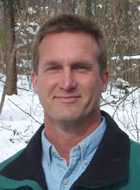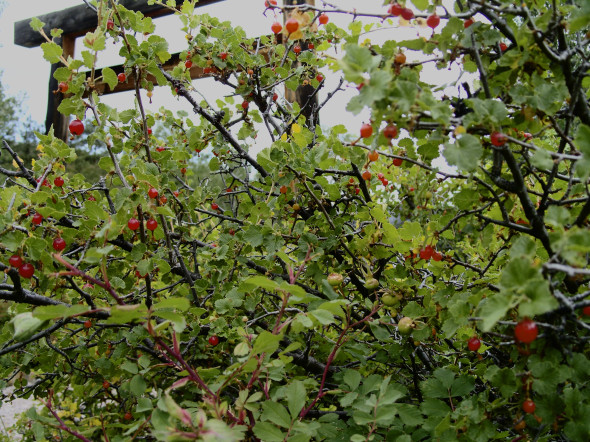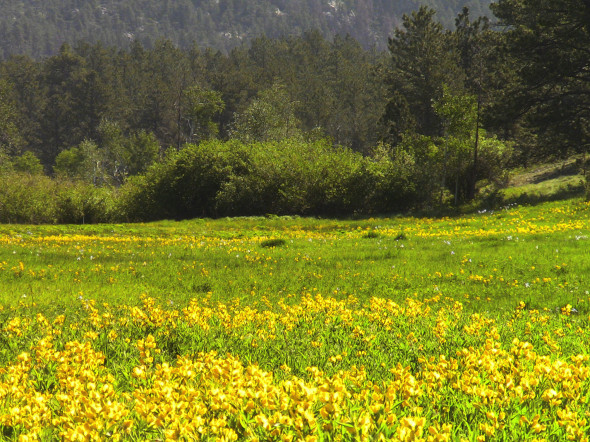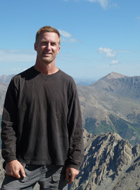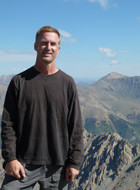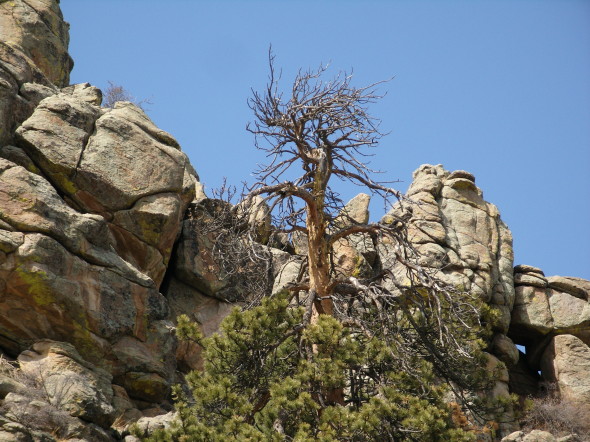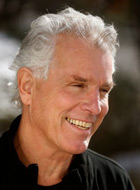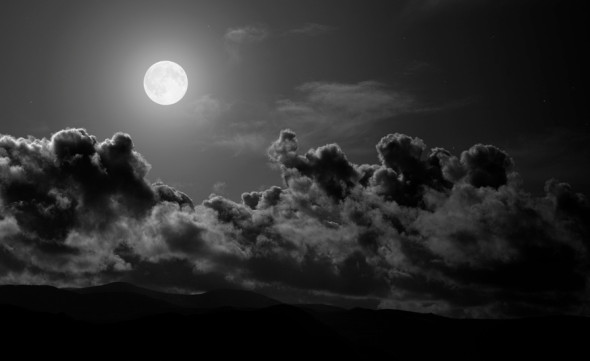By Travis Newbill
Floral Notes and Bardo: The Creative Chronicles of a Shambhala Mountain Resident is a daily feature on the SMC blog in which a member of our staff/community shares his experience of existing as part of Shambhala Mountain Center.
Last night, a conversation around the dinner-picnic table regarding the uncertainty about what distinguishes a ground squirrel from a chipmunk from a prairie dog. In other news, the Delek Badminton Tournament begins next week — we’re choosing partners and awesome team names. My partner, Avajra John, doesn’t want to be a team:
“I want to be something better than a team!”
(Team name: 2Bad Mittens)
Our approach, it seems, will be more psychological than athletic. He and I share an affinity for weird, and costume, and weird.
I also have an affinity for this seat on the porch behind Manjushri (cabin).
This morning, I had a good idea for a blog. I forgot to put it in my thumb. A teacher once shared a tip with me: She is a writer. She said that when she has a good idea during meditation, she puts it in her thumb. After her session, she looks at her thumb and it’s still there.
These days, my friend Michael is staying in my yurt, Avalokiteshvara. He is one of my closest friends and a former yogi-resident of that same yurt. He’s currently in Sacred World Assmebly, and is glad to be dwelling in what we both consider to be a very powerfully energetic abode. I’m staying with Heather in Manjushri, the cabin she shares with Annabelle and Oakes. It’s a little mini adventure of sharing a living space. So far, good stuff…
The community gathered yesterday for a presentation on the Feng Shui of the land. Director Michael Gayner knows quite a bit about it, as he’s been learning from Eva Wong — a master. Eva Wong says that this particular spot is very unique and powerful, and it’s very auspicious and awe-some that there happens to be this dharma center built here.
There is a lot to it. Here are some key nuggets:
The land is alive and comprised of energy channels, is in motion, like our bodies.
We are always interacting with the living land, whether we know it or not.
We may consciously engage with the energies of the land, and this may greatly benefit us in whatever we aspire to accomplish.
~~~
Within me is the capacity to fly completely into imagination, recognizing the aliveness of rocks. And also, a strong skepticism, which is a bit frustrating, but also seems to be ensuring that my understanding deepens and that I don’t get stuck for too long in a superficial state of belief.
~~~
 Travis Newbill is a curious dude on the path of artistry, meditation, and social engagement who is very glad to be residing at Shambhala Mountain Center. His roles within the organization include Marketing Associate and Head Dekyong–a position of leadership within the community. Follow Travis on twitter: @travisnewbill
Travis Newbill is a curious dude on the path of artistry, meditation, and social engagement who is very glad to be residing at Shambhala Mountain Center. His roles within the organization include Marketing Associate and Head Dekyong–a position of leadership within the community. Follow Travis on twitter: @travisnewbill


